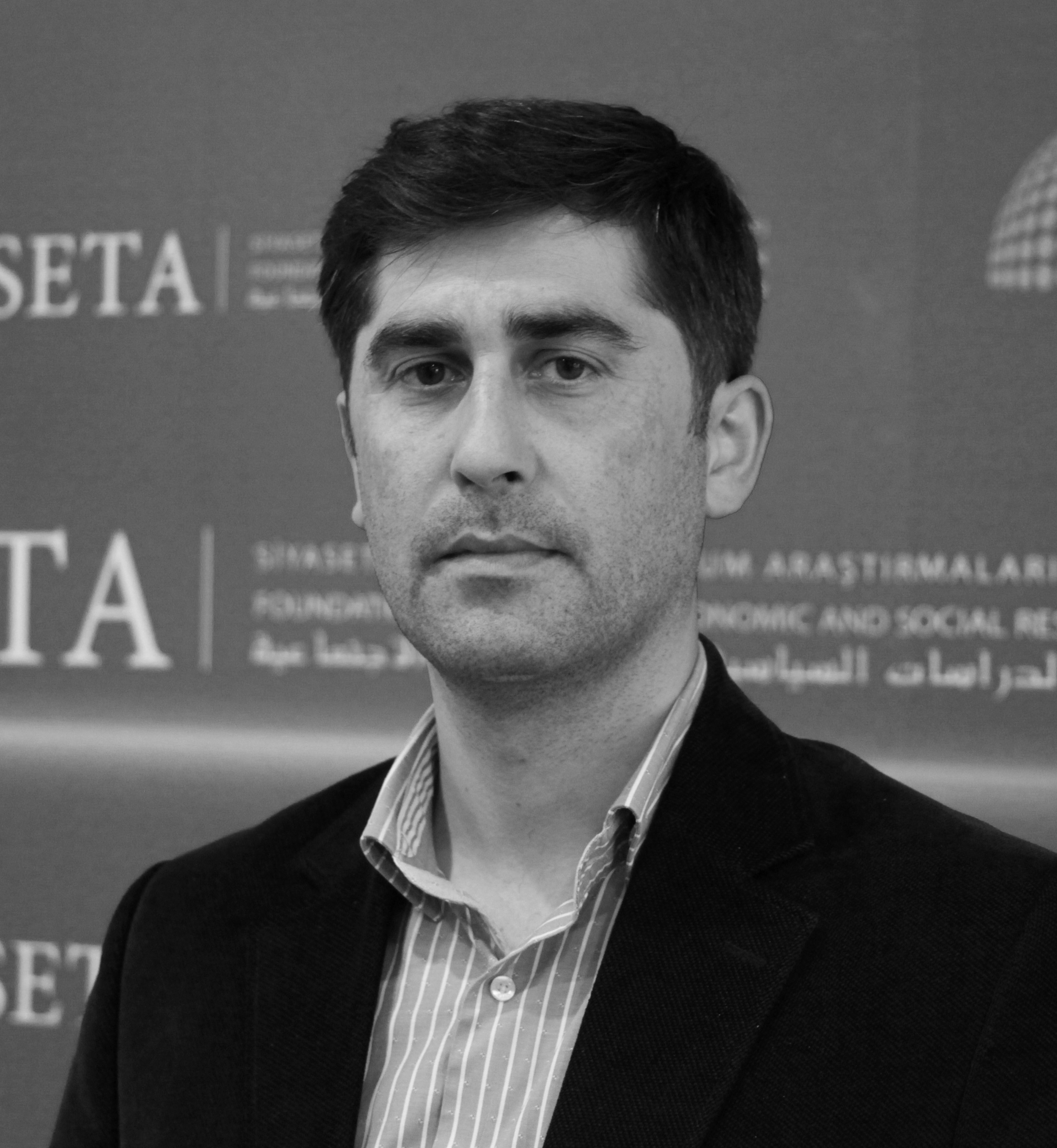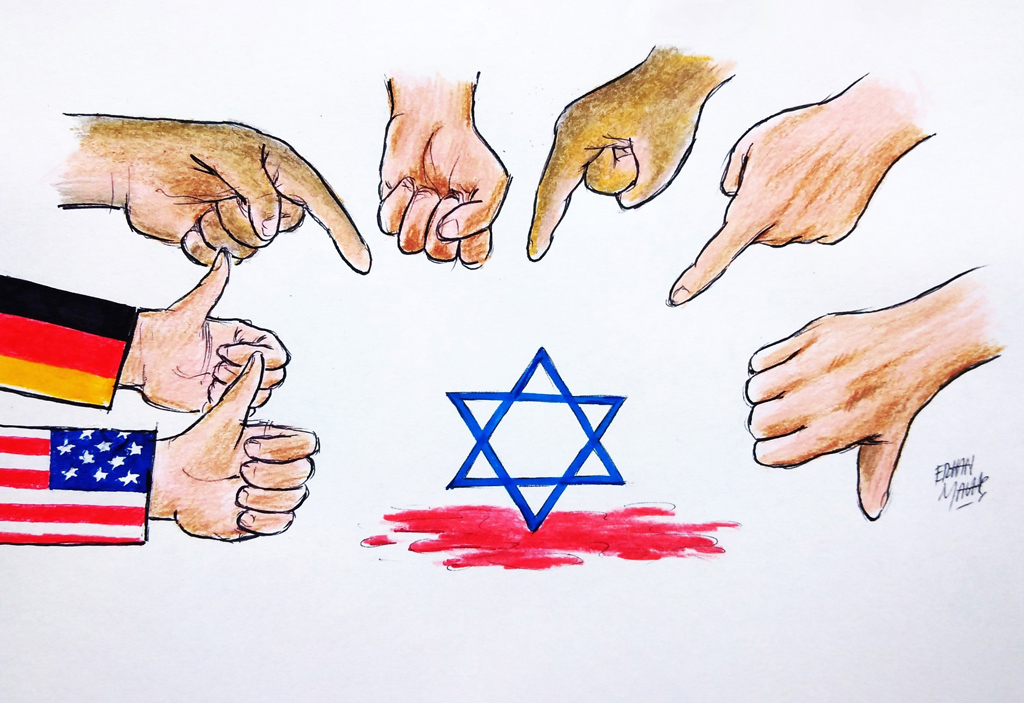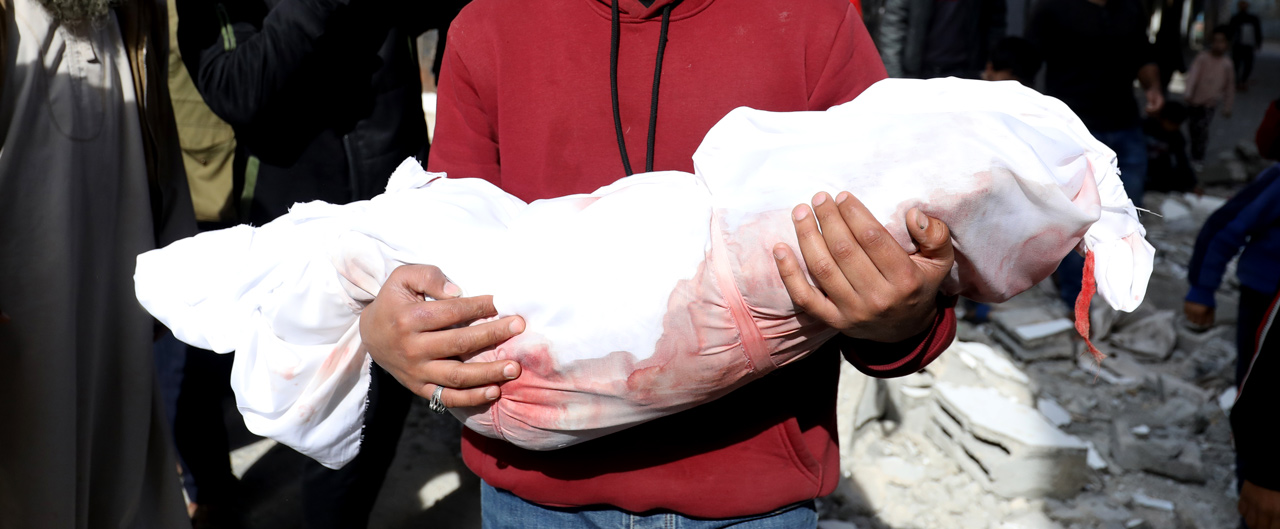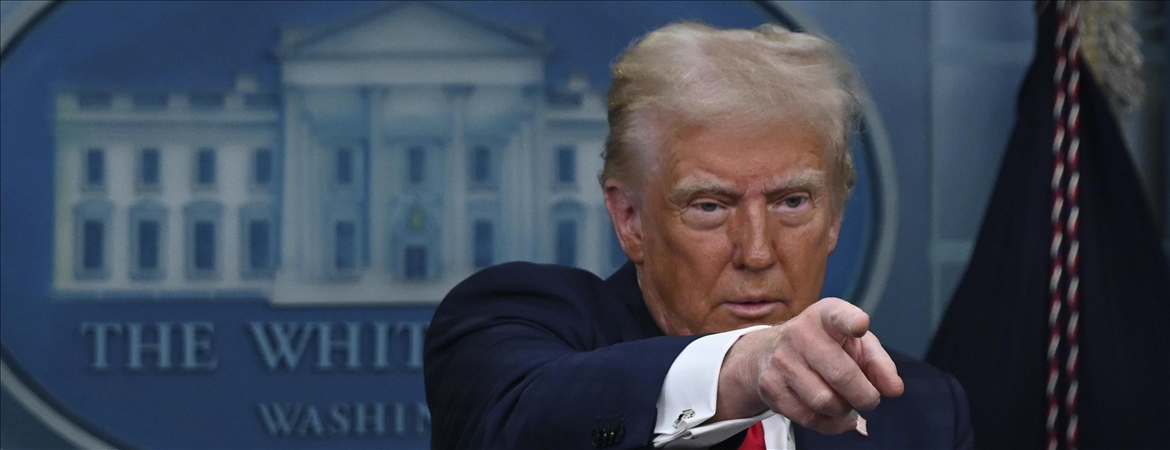The developments in the Middle East after Oct. 7 have led to the emergence of a new insecurity wave in the region. A similar situation had been experienced with the onset of the Arab Spring, which altered the strategic environment of the Middle East significantly. Regional actors attempted to move away from the conflicts caused by the Arab Spring through normalization processes that began in 2020 and aimed at creating a new security environment based on cooperation. Now, they find themselves in a new conflictual setting.
The rapid escalation of tensions, particularly due to Israel’s aggressive stance and its widespread impact across the region, has brought the Middle East to the brink of a new period of instability.
This situation necessitates a re-evaluation of the security environment in the Middle East from multiple perspectives. Given the new dynamics created by the current conflict, the region could potentially face three scenarios in the coming years.
Worsening security crisis
In this scenario, the region remains entrenched in a cycle of violence and instability. Israel’s ongoing military operations in Gaza lead to constant hostilities, particularly with Hezbollah in Lebanon. This low-intensity conflict is characterized by intermittent missile exchanges, targeted assassinations and cross-border skirmishes.
As the conflicts continue, the risk of direct military confrontation between Israel and Iran increases, with Israel increasingly targeting Iranian assets in Syria and elsewhere. Iran’s response could involve mobilizing its proxies across the region, including Hezbollah, the Houthis in Yemen and various Shia militias in Iraq, potentially leading to a broader regional conflict.
Already weakened by its civil war, Syria has become a battleground for Israeli-Iranian military conflicts. Israeli airstrikes on Iranian positions in Syria could lead to Syrian military retaliation, further destabilizing the country and drawing it deeper into the conflict.
In Yemen, the Houthi movement continues its attacks on shipping lanes in the Gulf of Aden. This exacerbates tensions in the Red Sea and threatens global oil supply routes, increasing the risks for international actors.
A security environment based on this more heightened turmoil could result in deepened regional instability and lead to prolonged unrest with multiple conflicts occurring simultaneously. The persistent state of violence undermines the prospects for peace and diplomacy, making effective intervention by regional and international actors difficult.
Meanwhile, the continuation of hostilities exacerbates humanitarian crises, particularly in Gaza, Lebanon and Syria, where civilian casualties and displacement become significant concerns. The security of global energy supplies and maritime routes has become a critical issue, drawing international powers like the United States, Russia and European countries to protect their interests, further complicating the regional dynamics.
In this scenario, Western countries, particularly the U.S. and the European Union, are likely to continue providing strong support to Israel. The U.S. may increase its military and diplomatic support to ensure Israel’s security, potentially even deploying more military assets to the region to bolster deterrence.
Post-conflict stability
In the event of the cessation of hostilities, the security environment in the Middle East could potentially shift away from confrontation. In this more optimistic scenario, the war in Gaza comes to an end, possibly through a cease-fire brokered by international mediators or as a result of military exhaustion. However, while large-scale hostilities cease, Israel is likely to continue conducting targeted operations against Hezbollah and Iranian proxies. Therefore, Israel maintains a strategy of precision strikes, focusing on eliminating key Hezbollah leaders, Iranian Revolutionary Guard commanders and advanced weapon shipments. This approach minimizes large-scale conflict but keeps tensions high.
Regional and international actors such as the U.N., the EU and Russia step up efforts to maintain the cease-fire in Gaza and prevent the resurgence of violence. However, the underlying tensions may remain unresolved and the region could revert to a confrontational state. At this point, the most viable option would be to establish a “security guarantee” structure that implements a two-state solution and ensures the existence of a Palestinian state.
This scenario would result in a fragile, temporary truce where violence is controlled but not entirely eradicated. The potential for conflicts remains high, particularly in Lebanon, Syria and Iraq, where proxy forces continue to operate. However, the end of large-scale conflicts could open a window of opportunity for diplomatic efforts, though these are likely to focus on managing the status quo rather than resolving the deeper issues driving the conflict. From a regional power dynamics perspective, the Iran-Israel rivalry continues in this scenario.
Another aspect is that Western countries, particularly the EU, take on a more active role in supporting peace processes. Emphasizing diplomacy, they encourage the normalization of relations between Israel and Arab states. The U.S. guarantees Israel’s security while providing limited support for operations against Iran and Hezbollah.
Formation of alliance
In the third scenario, following the end of conflicts, a new regional alliance centered around opposition to Israel’s policies emerges. This alliance would include Egypt, Iran and Saudi Arabia and would be supported by global powers such as Russia and China. While Türkiye could be an important member of this coalition, it would play a more modest and supportive role rather than leading the alliance.
According to this, Türkiye adopts a more reserved stance, focusing on facilitating dialogue and offering diplomatic and logistical support to the alliance. Türkiye’s involvement would be crucial due to its geopolitical position and its ability to act as a bridge between various regional actors, but it would not assume a leadership role. Egypt and Saudi Arabia take on supportive roles in this alliance given their significant regional influence and strategic importance. Their leadership would be driven by both domestic and regional considerations, including their desire to counterbalance Israel’s power and assert their influence in the broader Middle Eastern geopolitical landscape.
Iran, however, remains a key player in this alliance due to its longstanding opposition to Israel and its influence over various non-state armed groups in the region. Yet, Iran’s role would be limited by the need to maintain cohesion within the alliance, particularly with states like Saudi Arabia and Egypt. Nevertheless, if Iran would adopt a more moderate policy and refrain from pursuing regional ambitions, it could play a constructive role within the alliance.
The support of Russia and China adds significant geopolitical weight to the alliance. Both countries see the alliance as an opportunity to expand their influence in the Middle East and counter the U.S. dominance. Their support includes diplomatic backing, economic investments, and potentially military cooperation, enhancing the alliance’s strategic depth.
From a regional and global power dynamics perspective, the formation of this alliance, supported by Russia and China, signifies a significant shift in both regional and global power dynamics. In response, Israel faces increased diplomatic and military pressure and could seek to strengthen its ties with the U.S. and European allies to counterbalance the coalition. The alliance’s unified stance on the Palestinian issue leads to renewed international attention and pressure on Israel to change its policies. The alliance, strengthened by Russia and China’s support, leads to increased economic and military cooperation among its members.
In this scenario, Western countries, particularly the U.S., may act as a balancing power against the new alliance formed against Israel. The U.S. could strengthen its alliances to ensure Israel’s security and increase its military presence in the region. This alliance could create a new area of competition in the Middle East between the West, Russia and China.
The current trajectory suggests that the region is heading toward prolonged conflict and instability. To avoid this, there is an urgent need for a new security framework that addresses the concerns of all regional actors.







